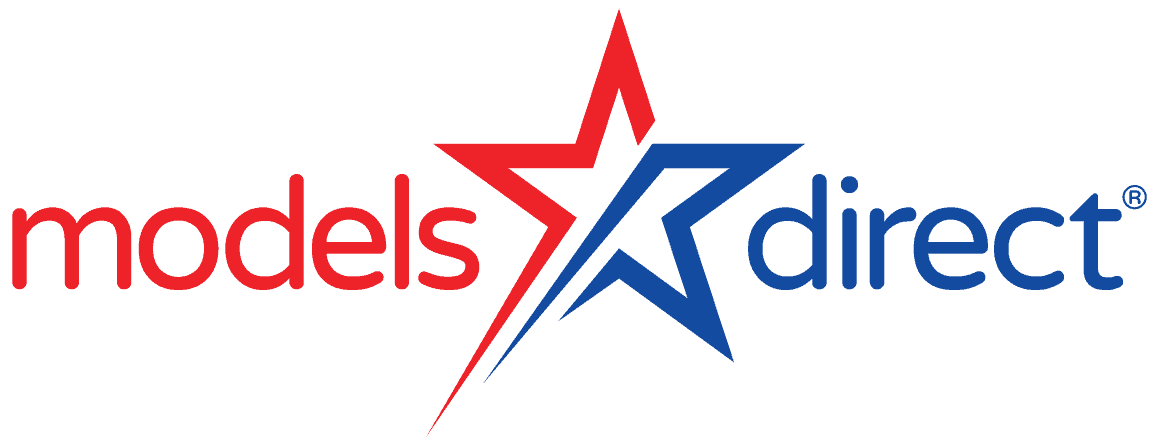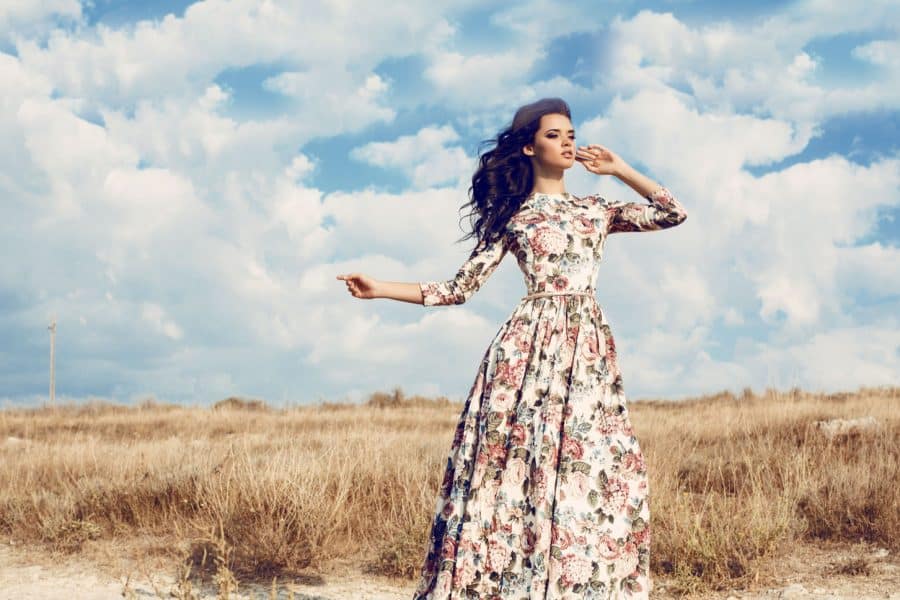The different portfolio formats you should be using
Do you hate writing CVs and resumes? Of course you do – who doesn’t? The good news is that models rarely need them. Though you may need to attend interviews and conduct high levels of professionalism at all times, general CVs in the modelling world are outdated and largely redundant. This is where a portfolio becomes your best asset. Simply put, a portfolio is your evidence of work, but in a far more creative format than a regulation CV. Note the emphasis on “your” – a portfolio should showcase the very best of your own modelling experience to set you on the road to more modelling work.
Before we highlight some portfolio formats, there are some key features to keep in mind regarding your portfolio’s content. For this blog, we’ll assume that all portfolios are web-based and online.
Firstly, if you are choosing to have professional pics, which are by no means essential, use a good quality photographer, and only use the photographs that show you in the best possible light. If you think a photograph is not too bad, this isn’t good enough. Agencies will quickly spot a sub-standard image from a top quality one BUT a good quality snapshot can quickly show your current look which is very useful to casting professionals – if you’re in any doubt regarding the quality of any photographs, don’t include them in your portfolio. Also, use a range of colour and black and white images: variety in colour is eye-catching, so long as the general layout of the images is consistent.
Secondly, be relevant. You wouldn’t submit a CV to a law firm if you had zero experience in the legal world – any irrelevant portfolios are a waste of time for all concerned. Keep your portfolio updated, and don’t skimp on personal details, such as age, hair colour, eye colour and height (without shoes!).
Thirdly, whichever format you choose (a web designer will give you some tips), don’t cram everything on the first page. If your portfolio is easy on the eye, agencies will notice.
So which types of format / themes are there? There are hundreds of designs out there and it’s best to speak to a website designer, but here are five formats which will particularly entice agencies.
1. Horizon. Stylish and visual, horizon formats are great if you want to showcase a small number of images across your portfolio pages. They can be central or focusing on the right or left – perfect for a main image and a secondary one complementing it to the side.
2. Monocle. Multiple clear images on one page, monocle themes are perfect if you want to impress the viewer with several images on one page.
3. Kiln. Popular with stunning websites, Kiln’s minimalistic design was inspired by pottery and has a retro 70s design.
4. Stockholm. Very versatile and easy to use, Stockholm themes are rapidly becoming one of the most popular theme for photographers.
5. Theme. This contemporary theme has several designs, but a simple two column design is one to watch for the future.
Other themes to consider are Grafik, Stag, Essu and Kalium. Depending on your budget, go for the best portfolio designer you can afford. Think big, be realistic, and think towards the future. Bear in mind that some themes are easier to add images to than others, so discuss your requirements with a website designer to find the best one for you.






